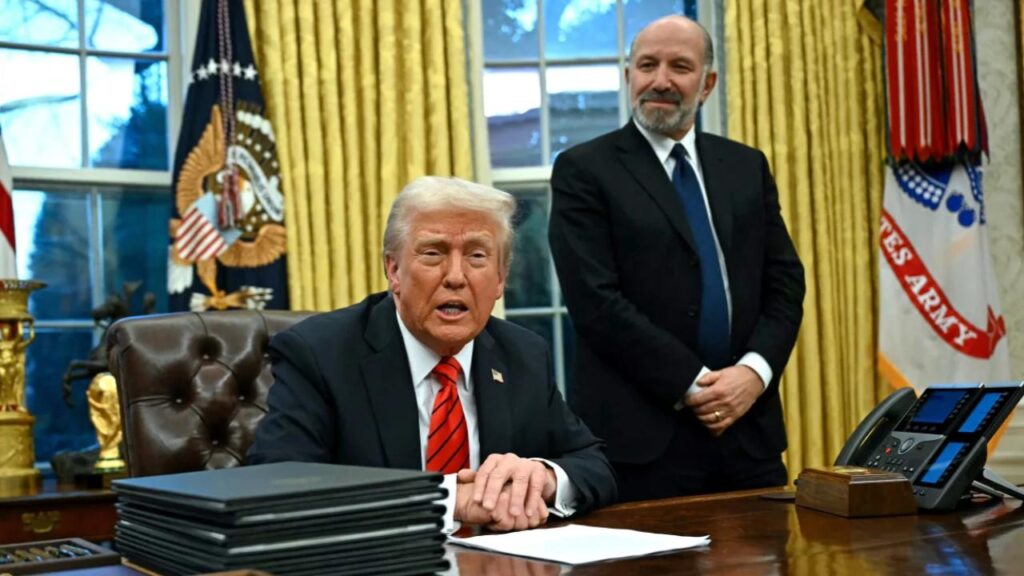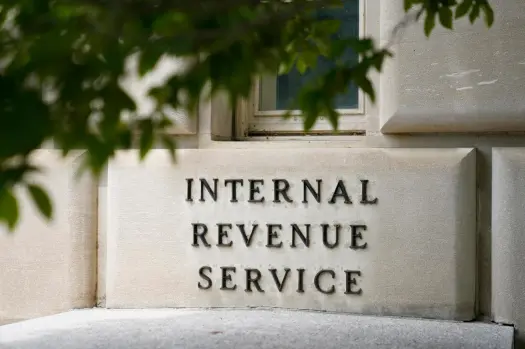President Trump’s proposal to eliminate the IRS’s free Direct File program could roll back one of the most taxpayer-friendly tools in recent memory, drawing sharp concern from economists and consumer advocates alike.

Trump to Dismantle IRS Direct File
| Insight | Value |
|---|---|
| Average savings per Direct File user | $160 |
| States covered in 2025 | 25 |
| 2024 pilot participants | ~140,000 |
The bill still needs to clear both chambers of Congress and secure White House approval. But if passed, it would shutter Direct File by early 2026. A public-private replacement might eventually emerge, but experts warn it will lack the transparency and user protections that made Direct File unique.
Having tried the tool myself in its pilot phase, I can say it made my filing process smoother than any commercial software I’ve used. The idea of it disappearing feels like a step backward—not just for me, but for millions who trusted it.
What Is IRS Direct File and Why It Matters
IRS Direct File, launched in 2024 as part of the Inflation Reduction Act, was created to simplify tax season for Americans with basic returns. Accessible via web browser, the platform offered a free and streamlined filing experience without upsells, hidden fees, or the need to download complex software.
By 2025, it had expanded to 25 states and garnered positive reviews from 90% of users. According to the IRS, it saved Americans an average of $160 in tax prep costs and significantly reduced filing times.
Supporters hail it as a critical move toward fairness. “It levels the playing field,” said a tax policy analyst at Brookings. “This isn’t just about convenience. It’s about ensuring equitable access to essential public services.”
The GOP Plan to Scrap It
Republicans in Congress have bundled the termination of Direct File into their so-called “Big Beautiful Bill,” a sweeping tax reform package championed by former President Donald Trump. The bill mandates the program’s end within 30 days of passage.
Instead, the proposal sets aside $15 million to create a public-private filing partnership. While it’s marketed as a cost-saving alternative, critics argue it opens the door to for-profit tax companies to dominate the space again—potentially reintroducing fees and barriers.
Sources also indicate that digital innovation teams essential to maintaining the platform, including 18F and in-house IRS tech specialists, are being defunded or reassigned.

What Taxpayers Stand to Lose
Ending Direct File could force millions of users back into costly commercial prep services. On average, filing with a paid preparer runs about $290 per return, according to Investopedia.
“This isn’t just about cost,” said Nina Olson, former National Taxpayer Advocate. “It’s about transparency. Paid software often confuses consumers with upcharges, while Direct File gave them clarity and control.”
Worsening the issue, the IRS is already strained. The agency faces a proposed 20-40% budget cut and has lost over a quarter of its workforce since last year, according to reports from Kiplinger and the Washington Post. Many warn that losing Direct File under these conditions could seriously impact the 2026 filing season.
FAQs
Will IRS Direct File end immediately?
No, the program remains available for the 2025 tax season but would be shut down within 30 days of the bill becoming law.
Why was Direct File created?
To offer a free, federal government-backed way for Americans with simple returns to file taxes quickly and clearly.
What’s the alternative?
The GOP bill proposes a new system in partnership with private companies. However, details on oversight and pricing remain unclear.






